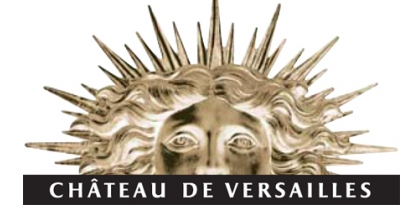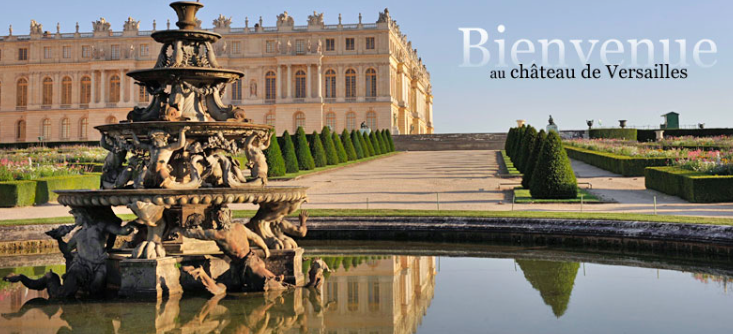
The Château de Versailles, which has been on UNESCO’s World Heritage List for 30 years, is one of the most beautiful achievements of 18th-century French art. The site began as Louis XIII’s hunting lodge before his son Louis XIV transformed and expanded it, moving the court and government of France to Versailles in 1682. The Château de Versailles, the seat of power until 1789, has continued to unfurl its splendor over the course of centuries.
Guided by a lecturer, Come to discover the Versailles Estate in all its glory with the Palace's most famous places: The Hall of Mirrors, the King’s Grand Apartments, the Museum of the History of France, the Queen's Hamlet, the Gardens ...
COME TO EXPLORE
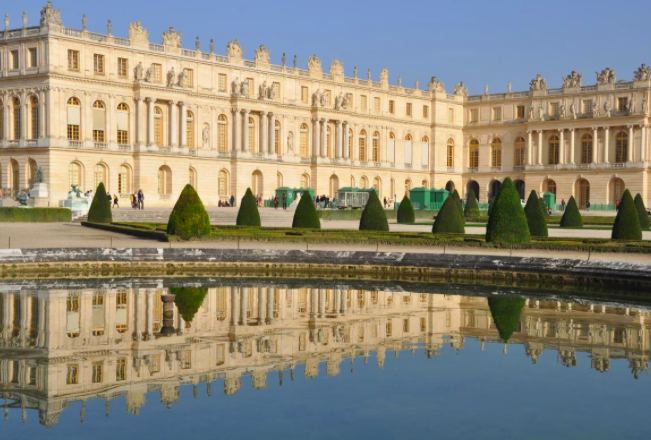
THE PALACE
The court of Versailles was the center of political power in France from 1682, when Louis XIV moved from Paris. Versailles is therefore famous not only as a building, but as a symbol of the system of absolute monarchy of the Ancien Régime.
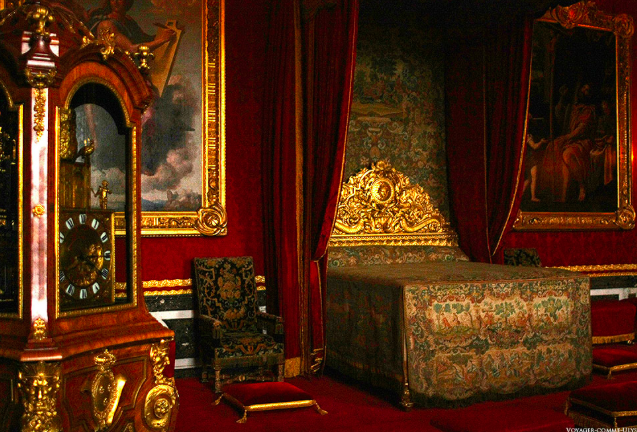
THE GRANDS APARTMENTS OF THE KING AND THE QUEEN
The grands appartements, which are known respectively as the grand appartement du roi and the grand appartement de la reine, occupied the main or principal floor of the château. Le Vau's design for the state apartments closely followed the 16th and 17th century Italian palace design.
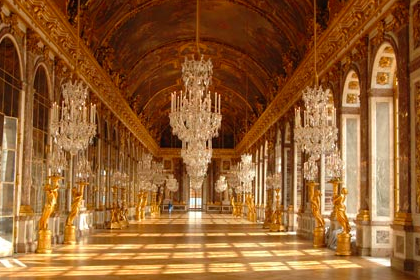
THE HALL OF MIRRORS
The Grande Galerie, as it was called in the 17th century, served daily as a passageway and a waiting and meeting place, frequented by courtiers and the visiting public.
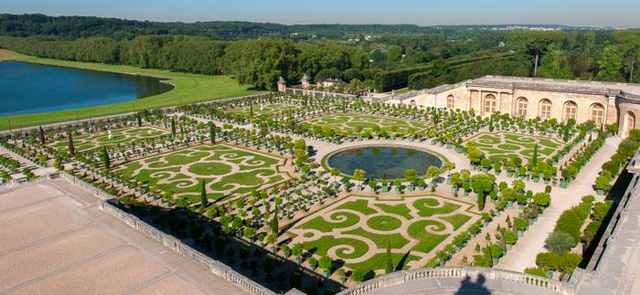
THE GARDENS
In 1661, Louis XIV commissioned André Le Nôtre with the design and laying out of the gardens of Versailles which, in his view, were just as important as the Château. The works were undertaken at the same time as those for the palace and took forty years to complete.
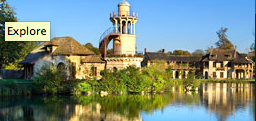
THE QUEEN'S HAMLET
Marie-Antoinette, seeking to flee the Court of Versailles, ordered the construction of her hamlet in 1783. There, she regularly found the charms of country life, surrounded by her lady's companions. It became a veritable farm, directed by a farmer, whose products supplied the kitchens of the Palace.
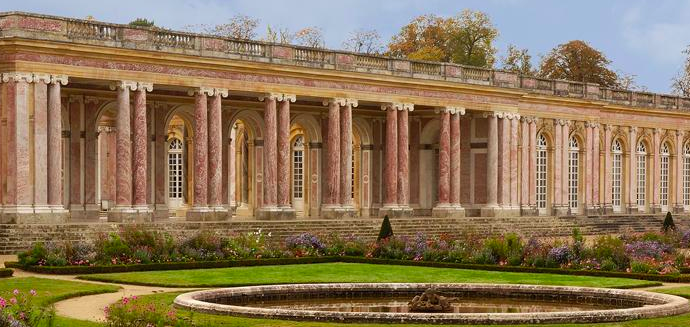
THE GRAND TRIANON
In 1687, Jules Hardouin Mansart built the Grand Trianon, probably the most refined group of buildings anywhere in the domain of Versailles, on the site of the “Porcelain Trianon”, which Louis XIV had had erected in 1670 to escape the pomp and rigid formality of court life with his mistress Madame de Montespan.
